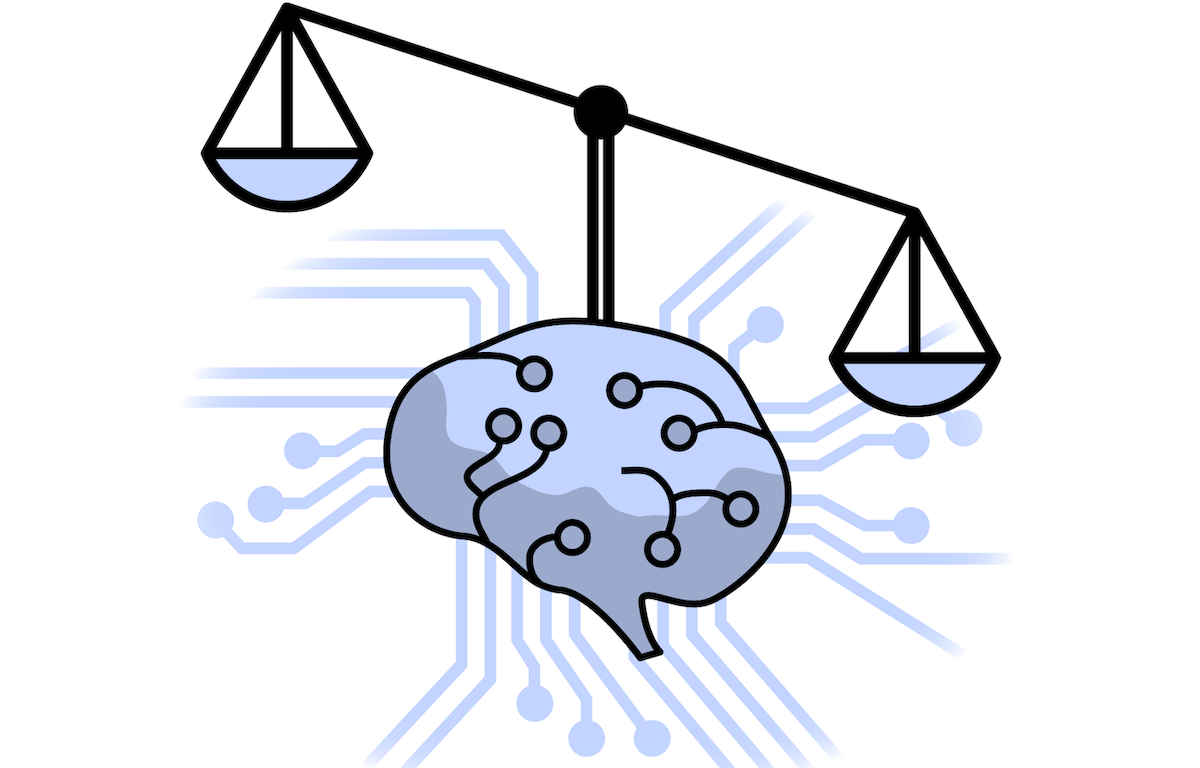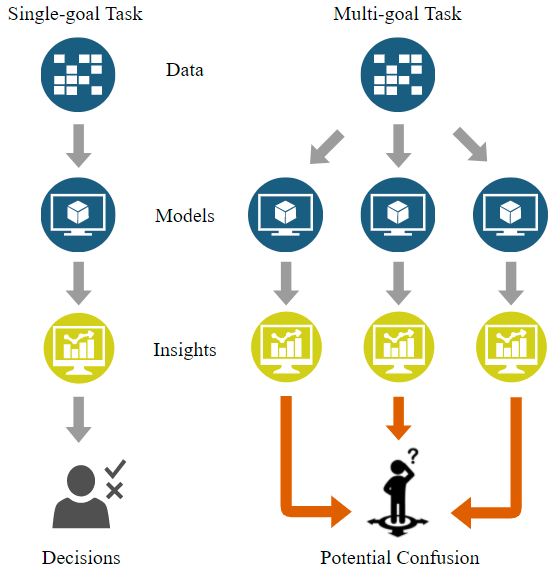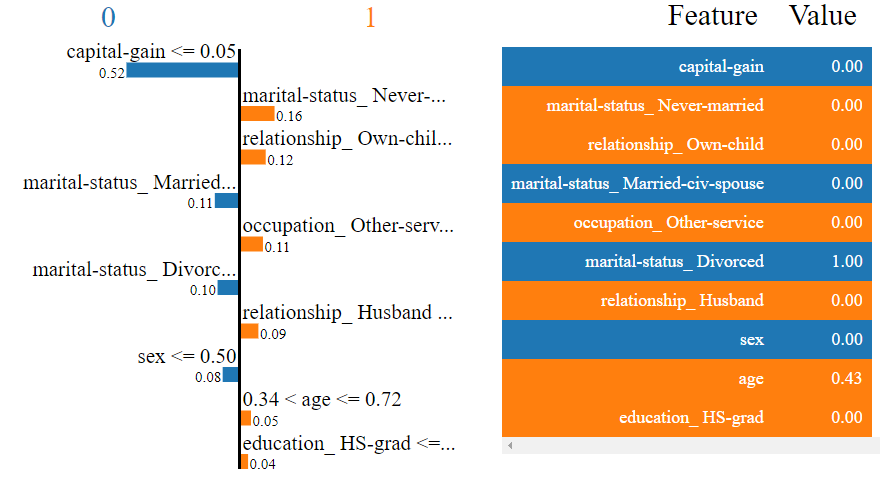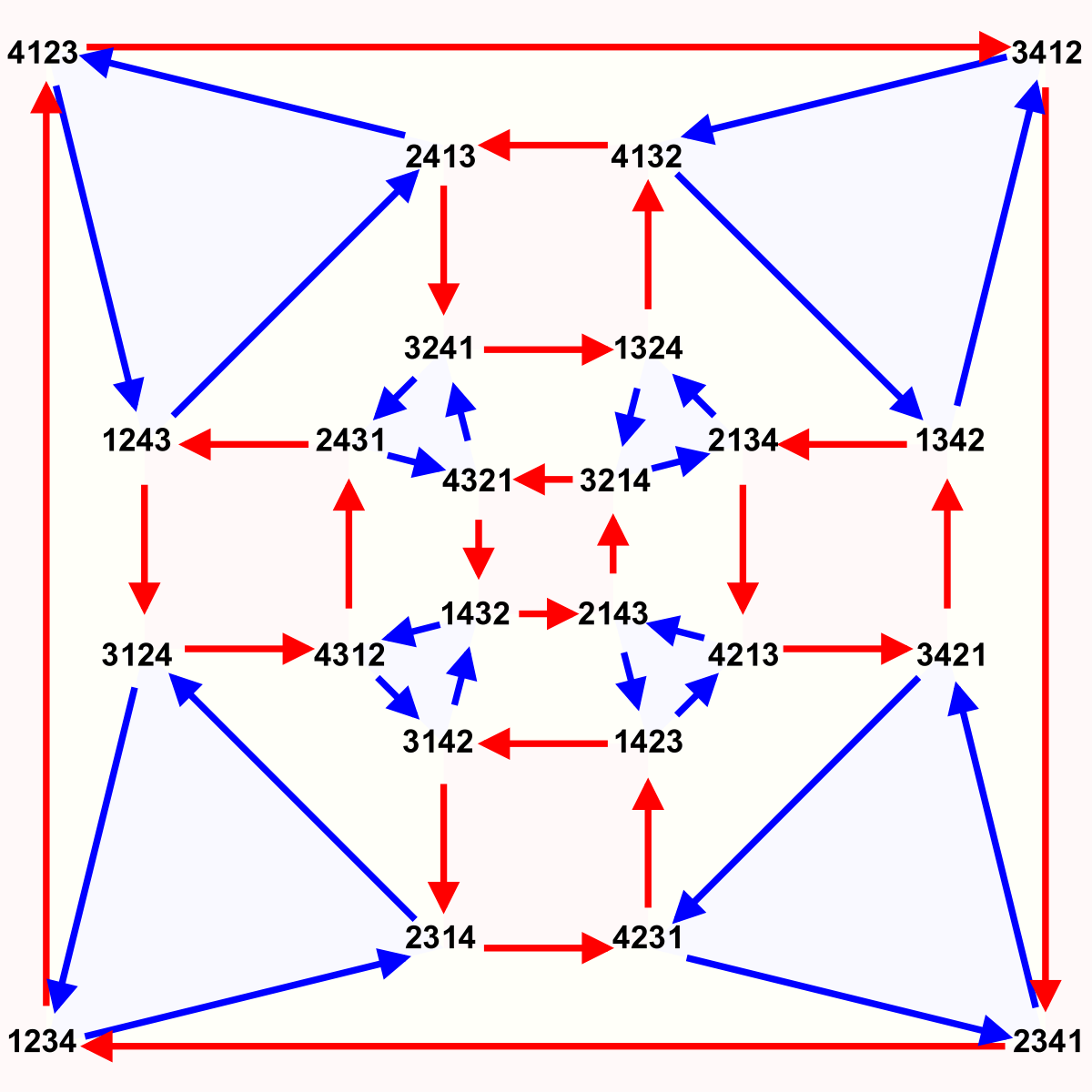More details on LinkedIN
I am a Ph.D. student in Department of Computer Science at North Carolina State University under the supervision of Dr. Tim Menzies. I joined the Real-world Artificial Intelligence for Software Engineering (RAISE) lab in 2019.
Before coming to NC State, I earned my B.S. degree of Computer Science from Wake Forest University in 2019, where I also earned my B.A. degree of Mathematics.
My research interests include using data mining and artificial intelligence methods to solve real-world problems in software engineering field. I am also interested in making AI models more explainable and actionable. My recent research includes (a) exploring the disagreement problem in multi-objective optimization, and (b) interpretable mitigation of bias in ML software. This May I'm presenting my paper at the 45th International Conference on Software Engineering. Please check out my presentation here!

Kewen Peng, Joymallya Chakraborty, Tim Menzies
Transactions on Software Engineering (TSE), 2023 (accepted)
We propose FairMask, a model-based extrapolation method that is capable of both mitigating bias and explaining the cause. By reasoning and masking the protected attribute, FairMask minimizes the performance loss while achieving perfect procedural justice.

Kewen Peng, Christian Kaltenecker, Norbert Siegmund, Sven Apel, Tim Menzies
Empirical Software Engineering (EMSE), 2023 (accepted)
We propose a dimension reduction method called VEER that builds a useful one-dimensional approximation to the original N-objective space. For our largest problem, optimizing with VEER finds as good or better optimizations with zero model disagreements, three orders of magnitude faster.

Joymallya Chakraborty, Kewen Peng, Tim Menzies
IEEE/ACM International Conference on Automated Software Engineering (ASE), 2020 (accepted)
Our work concentrates on finding shortcomings of current bias measures and explanation methods. We show how our proposed method based on K nearest neighbors can overcome those shortcomings and find the underlying bias of black box models. Our results are more trustworthy and helpful for the practitioners.

Kewen Peng, Tim Menzies
Transactions on Software Engineering (TSE), 2021 (accepted)
Software comes in releases. An implausible change to software is something that has never been changed in prior releases. When planning how to reduce defects, it is better to use plausible changes, i.e., changes with some precedence in the prior releases. TimeLIME is a more effective and actionable way to plan defect reduction using sensitivity analysis.

Luigi Ferraro, Ellen Kirkman, W Frank Moore, Kewen Peng
Proceedings of the AMS (PAMS), 2020 (accepted)
We present two noncommutative algebras over a field of characteristic zero that each posses a family of actions by cyclic groups of order 2n , represented in n x n matrices, requiring generators of degree 3n.
